10 Memorable Boss Fights In 90s Arcade Games
In the 1990s, there were not many spots more relaxing than the arcade. It represented an escape from real life where people could and act as the hero of a great adventure. The 90s arcade scene offered a host of memorable antagonists that would torment each protagonist and the players participating in their journey. This countdown includes ten iconic antagonists a part of the unforgettable 90s arcade era.
10. Magneto (X-Men)
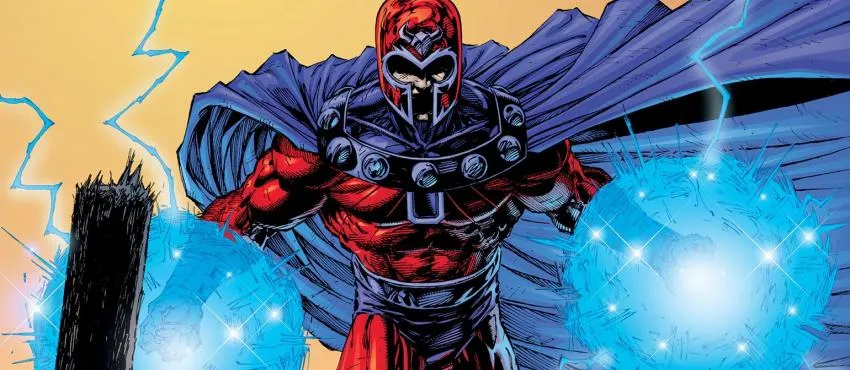
It's only natural that the X-Men's arch-foe Magneto would give both the superheroic mutants and players a difficult gaming experience. After being deceived by the shapeshifting mutant Mystique, players finally face the real Magento in the final stage of the X-Men Arcade game, located within Asteroid M. As the player proceeds to attack the master of Magnetism, Magento will encase himself in his famous magnetic force field. It's only after dealing several crippling blows to Magneto that the villain will finally be overtaken.
9. Goro (Mortal Kombat)
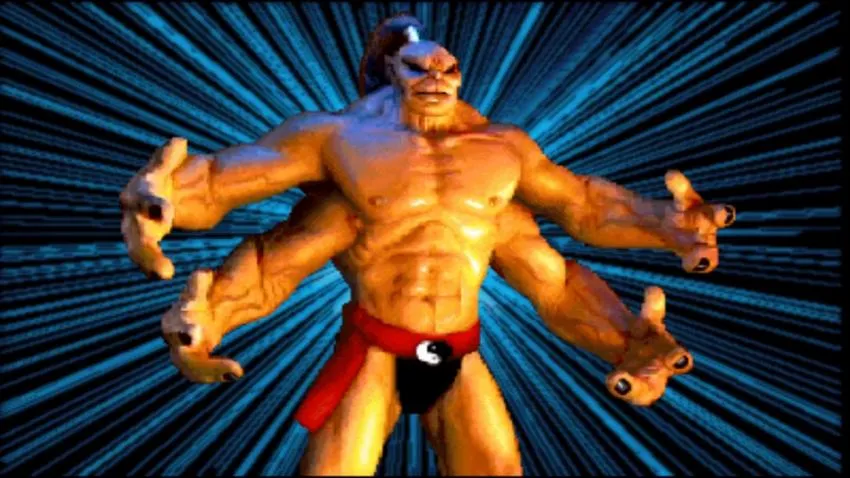
Acquiring four arms and a vicious temper, Goro holds the honor of being crowned the champion of the Mortal Kombat tournament for over 500 years. It isn't difficult to see why the half-human / half-dragon held that esteemed title for generations. With Goro's fireball, teleport/ground stomp, two hand swipe, lunge kick, and uppercut attacks, Goro presented quite the obstacle for players. In the original game, Goro is unplayable and remains solely a boss, serving alongside allies in shape-shifting sorcerer Shang Tsung and feared emperor Shao Khan. Goro would become so well received by fans that the four-armed warrior would make a leap to the big screen in the 1995 live-action Mortal Kombat film.
8. Strength (The House of The Dead 2)
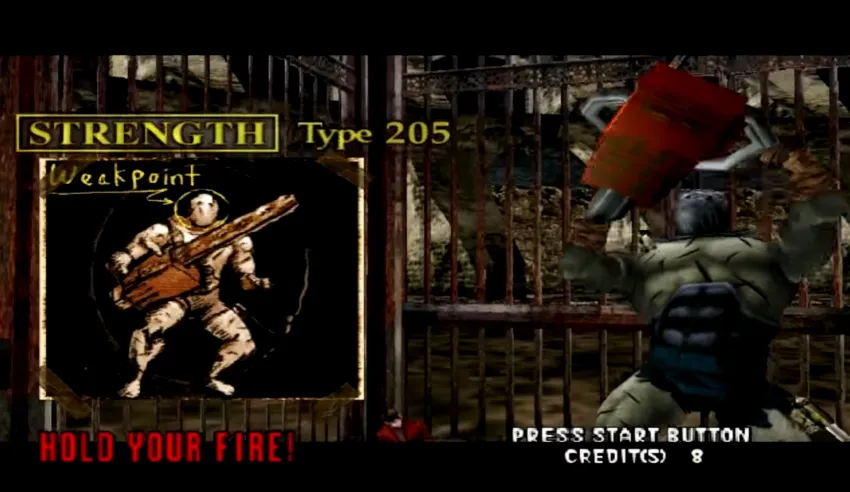
Strength a.k.a. Type-205 is a mysterious zombified creature corrupted by genetic engineer Caleb Goldman. The House of the Dead 2's standout boss, Strength enters the game once central protagonists James Taylor and Gary Stewart are called in to investigate The City overrun with violent creatures, encountering Strength among other surprises. What made Strength particularly memorable amongst The House of The Dead franchise was his speed, swift attacks, and perchance for using his trademark chainsaw. The best option that players had of surviving Strength was firing at the creature's head, which was the main Achille's heel of the character.
7. True Ogre (Tekken 3)
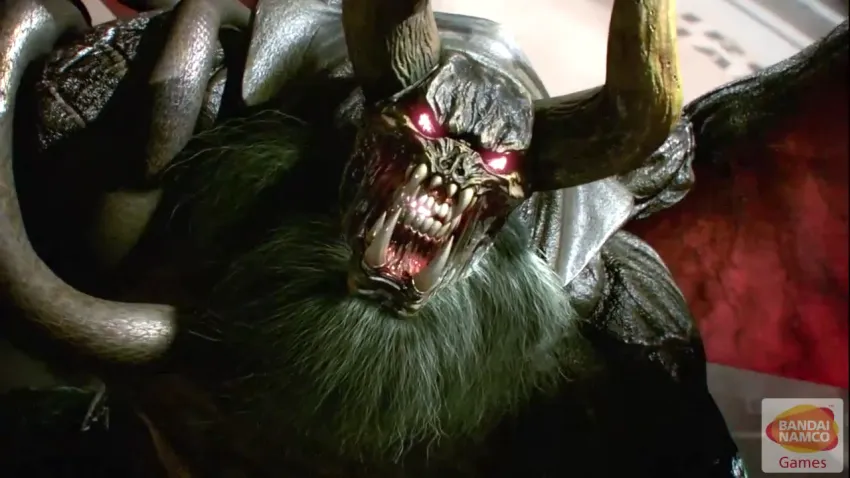
The true form of powerful Aztec fighting god Ogre, the beastly True Ogre is the main antagonist for Tekken 3. True Ogre's moves consist of franchise staple Demon Scissors, Hell's flame, supercharger, power, and flash punch combo. Ogre's flash punch combo is exclusive to the character in Tekken 3 and the Tekken Tag Tournament companion. It doesn't help matters that Ogre's moves are from a variety of other mainstay Tekken fighters. Though Ogre's importance throughout the Tekken series has somewhat diminished, the presence of this foe has constantly remained over the series.
6. Rugal Bernstein (The King of Fighters)
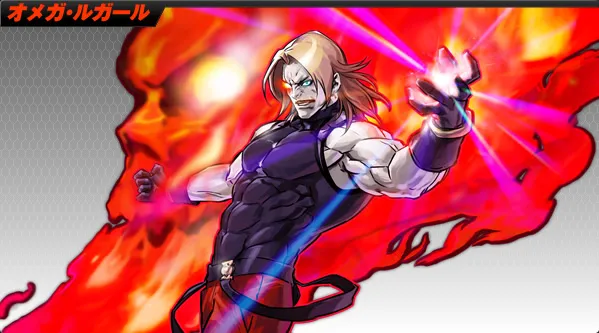
Serving as the final boss of The King of Fighters 94, Rugal Bernstein is an international arms dealer and feared fighter throughout the arcade game genre. During his tenure as a fighter, Rugal has on occasion faced entire teams of combatants single-handed. Rugal is the ultimate boss in that he can master the fighting style of any fellow fighter. Rather than make the first move, Rugal would let the players unleash their attacks before countering with a devasting finisher of his own. It's a vastly distinct ability that makes for some creative fighting sequences and frustrated arcade players.
5. Mr. Burns (The Simpsons Arcade Game)
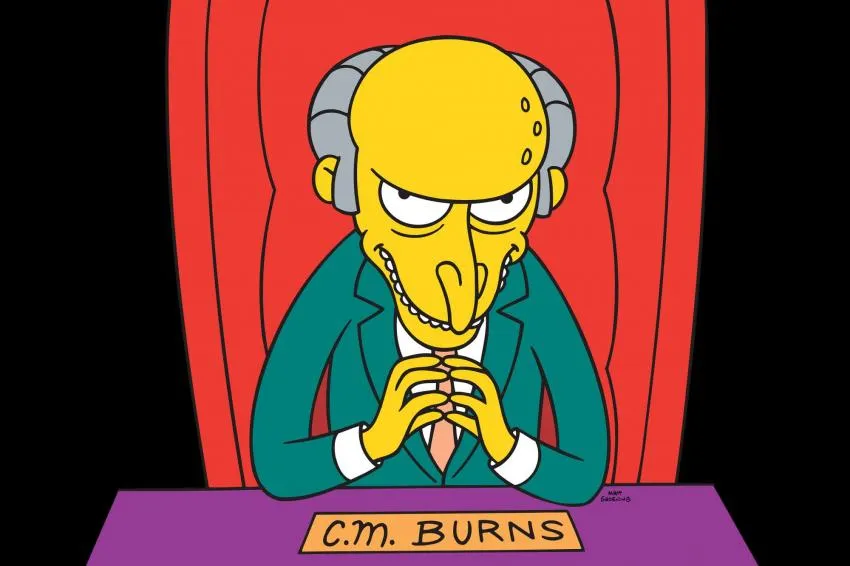
While the head of Springfield's Nuclear Power Plant has become a running gag in recent years, Mr. Burns was once a name to be feared within the annals of The Simpsons. So, it made complete sense that Mr. Burns would serve as the final boss of The Simpsons' first entry to video games and arcades. The final boss, Burns, is housed in a formidable suit of mechanical armor ready to enact pain on any employees and dysfunctional families who stand in his way. As Burns is dealt severe blows to the chest, the mechanical suit is crushed down to multiple compact variations; until finally being reduced down to his human form once again. Though players' confrontation with Mr. Burns himself does arrive not until the final stage, Burns has a hand in events from the very beginning of the game. Through this diamond-powered suit, the frail and aged Burns opts to attack via multiple bombs, lasers, and missiles.
4. Onslaught (Marvel vs. Capcom: Clash of Super-Heroes)
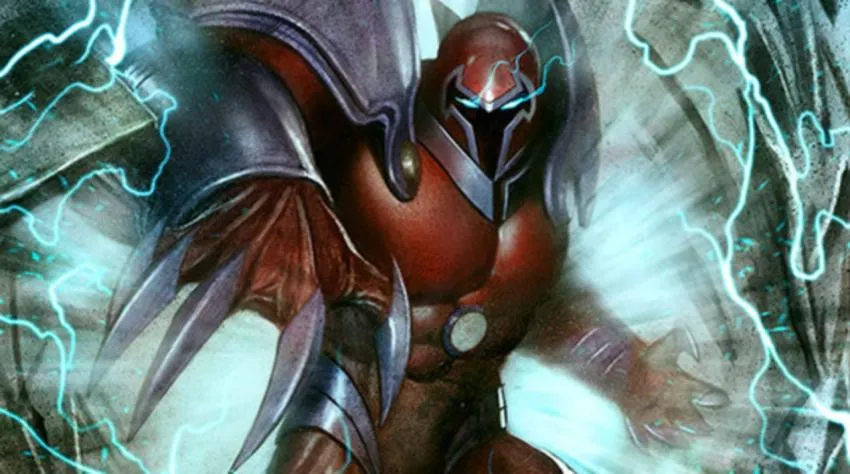
The X-Men / Avengers villain Onslaught serves as the main antagonist of 1998's Marvel vs. Capcom: Clash of Super-Heroes. Created by writer Mark Waid and artist Andy Kubert for 1996's X-Men #15, Onslaught is a twisted amalgamation of two of the most powerful mutants in the Marvel Universe, Professor X and his former friend turned enemy Magneto. Similar to the comic book counterpart, it would take several playable characters in order for the entity to be taken down a peg before being defeated once and for all. Onslaught's central moves (in both its central forms) can vary from Sentinel attacks, teleportation, hyper mind blasts, psionic puppets, and shockwaves. Though future Marvel vs. Capcom bosses would come in the form of fellow Marvel villains Galactus and Ultron, none were quite as painstakingly frustrating for arcade players as Onslaught.
3. Shao Kahn (Mortal Kombat II)
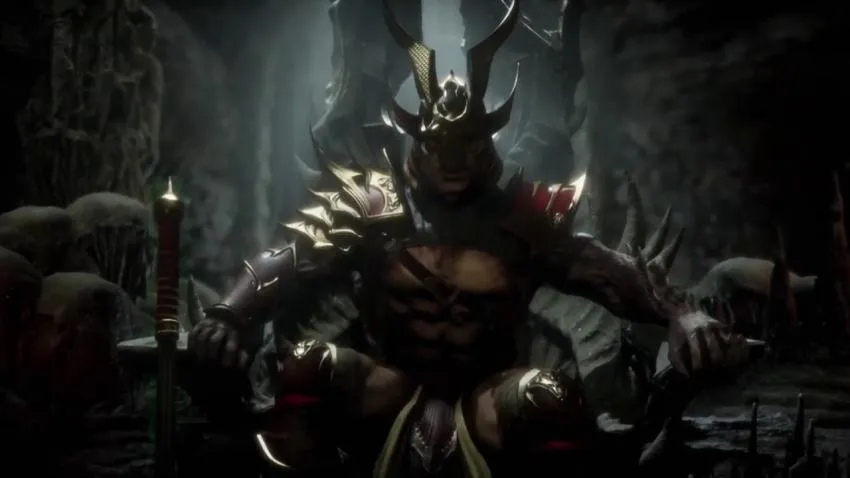
Introduced in the 1993 follow-up to Ed Boon's highly successful fighting game Mortal Kombat, feared warlord Shao Kahn serves as the ruler of the video game series' central arena of Outworld ( one of the many realms fighters visit). To this day, Shao Kahn remains the big bad of the Mortal Kombat franchise. The masked and physically imposing Kahn was a major improvement from the original game's main antagonist, corrupt sorcerer Shang Tsung. Tsung had a neat ability in his tendency to shift his appearance to anyone, however, the character's general presence was not nearly as memorable as his master Shao Khan. While Kahn would return in 1995's Mortal Kombat III as the final boss (armed with his signature Wrath Hammer) and continue to serve as an overarching villain throughout the Mortal Kombat franchise, there was nothing quite like seeing him make his impression in the original sequel.
2. M. Bison (Street Fighter II: The World Warrior)
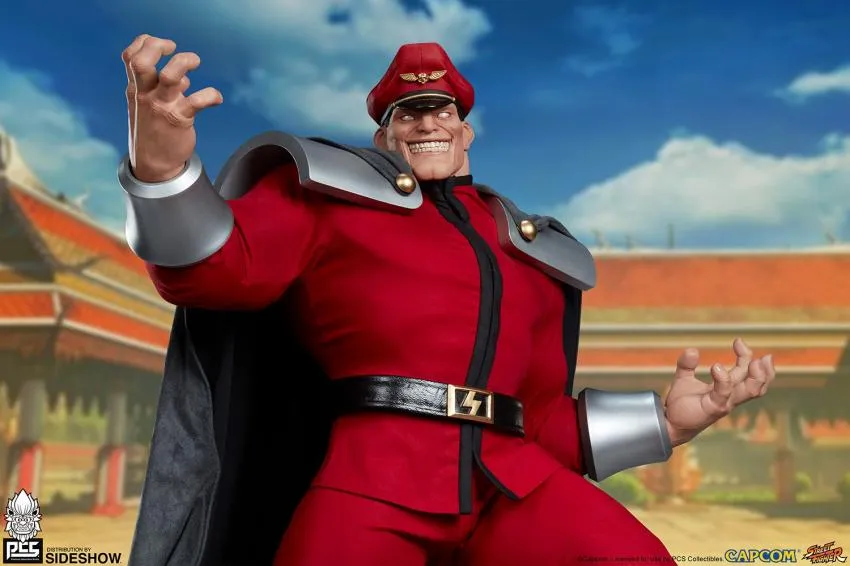
1987's Street Fighter was a major hit for a relatively unknown video game franchise. However, what the series lacked was a truly formidable and personal boss. Street Fighter II: The World Warrior, released in 1991, would remedy the snag with the head of the crime syndicate Shadaloo, known as M. Bison (a.k.a. Vega in Japan). Already harboring a personal feud with franchise mascot Ryu as well as several other fan-favorite characters like Chun Li and Guile, players would equally harbor a vengeance against Bison and his uncalculated moves. In order to achieve his goals, Bison would come to blows with Ryu and the select other Street Fighter characters. As a part of his villainous nature, M. Bison's skill set includes but is not limited to scissor kicks, head stomps, knee presses, and the dreaded psycho crusher. Unlike the main array of fighters, Bison remained a character inaccessible to players for use in the Champion Edition of Street Fighter II.
1. Metalhead (Teenage Mutant Ninja Turtles: Turtles in Time)
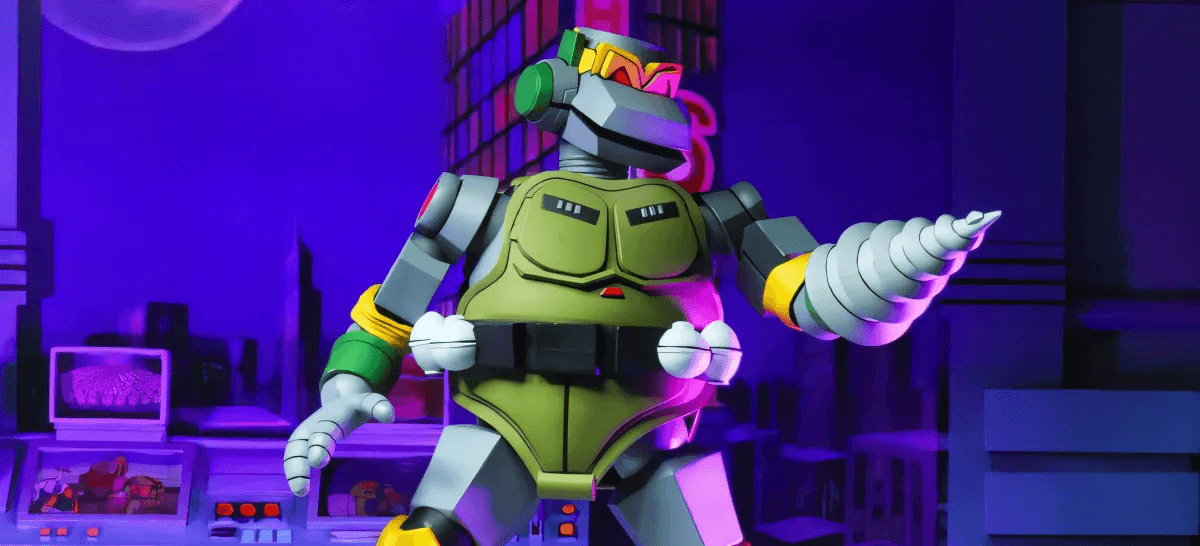
The Teenage Mutant Ninja Turtles video game Turtles in Time would release to arcades in 1991 during the peak of Ninja Turtles mania. Similar to Onslaught and Mr. Burns, Metalhead did have a pre-established history within the world of Teenage Mutant Ninja Turtles, prior to the Turtles in Time video game. An ally of the Turtles' main foes the Foot Clan, Metalhead is a formidable antagonist acquiring the brain patterns of all four turtles to ensure their destruction, thanks to another TMNT antagonist the alien Krang. Though an inorganic robot lifeform, Metalhead is just as acrobatic and active as the Turtles, proving that not only ninjas can give the group of teenagers a run for their money. Through Turtles in Time's Alleycat Blues level, Metalhead demonstrates his adept kicking skills, fighting prowess, and built-in machine gun.
A game is only as good as its boss fights, which were a trademark of arcade games in the 1990s. Whether a player can find easy success from the battles or not, there's no denying that the clash will stick with you, for better or worse. The greater the boss, the greater the hero... or gamer.
Opinions and Perspectives
We need more bosses like these in modern games. They really tested your skills.
The arcade scene just isnt the same anymore. These bosses were part of what made it special.
I learned to count by keeping track of my quarters during the Goro fight.
Each of these bosses had such unique personalities. Really made them memorable.
Nothing was worse than losing to Mr Burns right at the end when his suit was almost destroyed.
Took me three birthdays worth of quarters to finally beat Onslaught.
Pretty solid list but I would shuffle the order a bit. Bison deserved the top spot.
These bosses really knew how to make you feel accomplished when you finally won.
Kids today will never know the pressure of fighting these bosses with a crowd watching behind you.
Magnetos force field mechanism was actually pretty innovative for its time.
I actually met my best friend trying to beat M Bison. We both kept losing and started sharing strategies.
Metalhead was basically four bosses in one since he had all the turtles moves.
Remember when someone finally beat Onslaught at our arcade? The whole place cheered.
These bosses taught us patience. You couldnt just button mash your way through.
The best part about the Burns fight was how it stayed true to the show while still being challenging.
Modern games should take notes from these bosses. They were challenging but memorable.
My friends and I would pool our money together just to have enough attempts at Onslaught.
I used to practice the Magneto fight at home by throwing things at a wall pretending it was his force field.
M Bison was perfect because he felt beatable even though he was really tough. Great game design.
Honestly surprised Rugal made the list but not Geese Howard. Both were brutal SNK bosses.
That Strength fight in House of the Dead 2 ate so many of my tokens I could have bought the home console version.
I would have put Goro higher. He basically set the standard for sub-bosses in fighting games.
Metalhead was tough but fair. You could actually learn the patterns unlike some other bosses on this list.
Cannot believe they left out the Alien Queen from Aliens vs Predator arcade. That fight was insane.
The mechanical suit stages of Mr Burns were genius game design. Loved how it kept changing as you damaged it.
My local arcade had to replace the X-Men cabinet buttons twice because of how many people were hammering them trying to beat Magneto.
Looking back, these fights really made us better gamers. You had to learn patterns and timing perfectly.
Rugal was the most unfair boss ever. Who thought it was a good idea to let him copy every move?
The House of the Dead 2 was intense but Strength wasnt that hard if you knew where to shoot.
I spent my entire allowance trying to beat Onslaught in Marvel vs Capcom. Worth every penny though!
Shao Kahn definitely deserved to be higher on the list. His taunts alone make him more memorable than half these bosses.
You clearly never played it properly. Burns mech suit was actually really tough to beat, especially with multiple players.
Mr. Burns seems like an odd choice for this list. His fight was more funny than challenging.
Totally agree about M. Bison. That Psycho Crusher move would wreck me every single time. Took me months to learn the timing to dodge it.
True Ogre in Tekken 3 was brutal. I remember my hands shaking every time I reached that fight. The transformation sequence alone was worth the quarters.
No way! Metalhead deserves the top spot. The way he combined all four turtles abilities made him such a unique challenge.
Am I the only one who thinks Metalhead is overrated? Sure, he was tough but there were way more memorable TMNT bosses.
Goro gave me nightmares as a kid! Those four arms were terrifying. I could never get past him without using up all my coins.
I still remember spending hours trying to beat Magneto in the X-Men arcade. That magnetic shield was so frustrating but made the victory even sweeter when you finally got through it.
